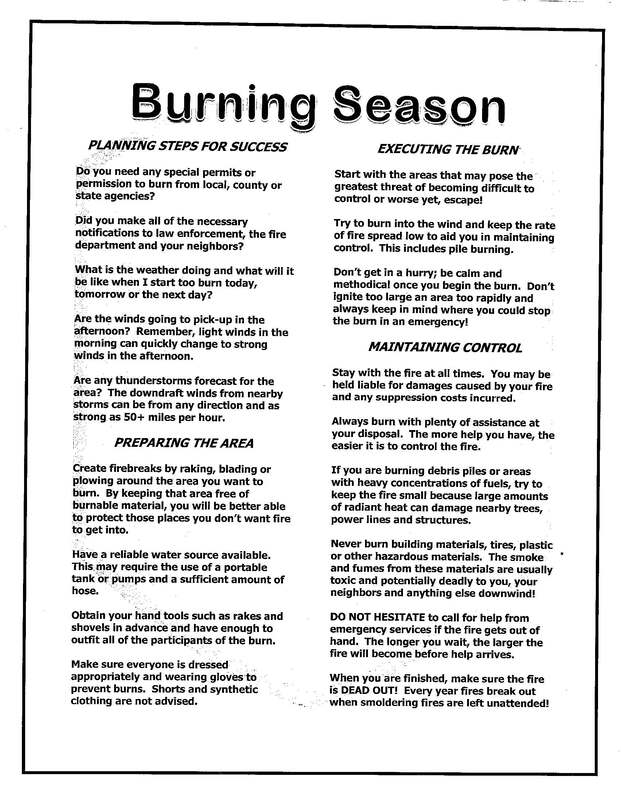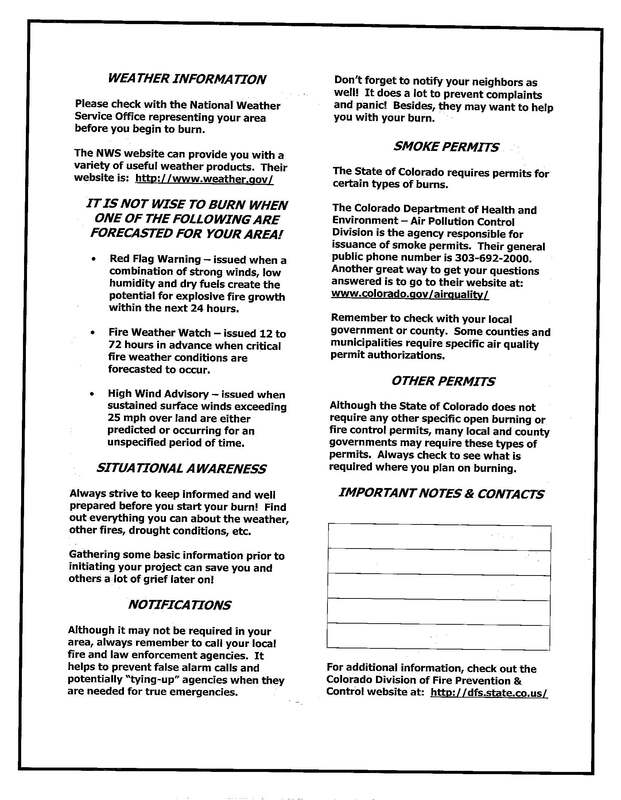Fire Safety
Calling 911Fires can grow from smoldering to an explosion of flames in three minutes or less. Delay in calling 9-1-1 may be fatal. Call 9-1-1 promptly for any fire, no matter how small, smoke or gas odors or any other emergency where life or property is in danger. Stay on the line until the 9-1-1 operator hangs up. Firefighters would much rather respond to a minor emergency than to be called when it is too late.
9-1-1 should be used in medical emergencies as well. Persons who have chest pains, shortness of breath or other sudden illness or who have fallen for no apparent reason may have a serious medical emergency. 9-1-1 should also be called for emergencies involving poisoning, serious burns, falls, broken bones, severe bleeding and similar conditions. Smoke DetectorsSmoke detectors cut the risk of dying in a fire by half. Unfortunately most people killed by fires die in their own homes while asleep. Smoke detectors sense the presence of a fire and sound the warning in time to wake sleeping persons and allow them to escape. All homes need to have a working smoke detector in the hallway leading to the bedrooms and on every level. Smoke detectors should not be installed in garages or near kitchens, bathrooms or fireplaces to avoid nuisance alarms. For the best protection:
Home Fire SafetyMost home fires start in the kitchen, heater area or by the careless use of smoking materials. Some common sense fire safety rules include:
|
Carbon Monoxide DetectorsCarbon monoxide (CO) is present in low levels in the air. In the home, it is formed from incomplete combustion from any flame-fueled (i.e., not electric) device, including ranges, ovens, clothes dryers, furnaces, fireplaces, grills, space heaters, vehicles, and water heaters. Vehicles are the most common cause of carbon monoxide poisoning.
Carbon monoxide detectors trigger an alarm based on an accumulation of CO over time. Carbon monoxide can harm you if you are exposed to high levels of carbon monoxide in a short period of time, or to lower levels of carbon monoxide over a long period of time. Carbon monoxide detectors require a continuous power supply, so if the power cuts off then the alarm becomes ineffective. Models are available that offer back-up battery power. Low levels of carbon monoxide poisoning cause symptoms similar to those of the flu or a cold, including shortness of breath on mild exertion, mild headaches, and nausea. Higher levels of poisoning lead to dizziness, mental confusion, severe headaches, nausea, and fainting on mild exertion. Ultimately, carbon monoxide poisoning can result in unconsciousness, permanent brain damage, and death.
Using a Fire ExtinguisherHome fire extinguishers may be very effective if you are trained in proper use. Only UL listed fire extinguishers should be purchased for use. The most practical home fire extinguisher is a 2-3/4 lb. multipurpose dry chemical extinguisher available in hardware and discount stores. Fire extinguishers should be mounted in the bracket provided in a readily accessible location. The three rules for using fire extinguishers are:
|
Proudly powered by Weebly

